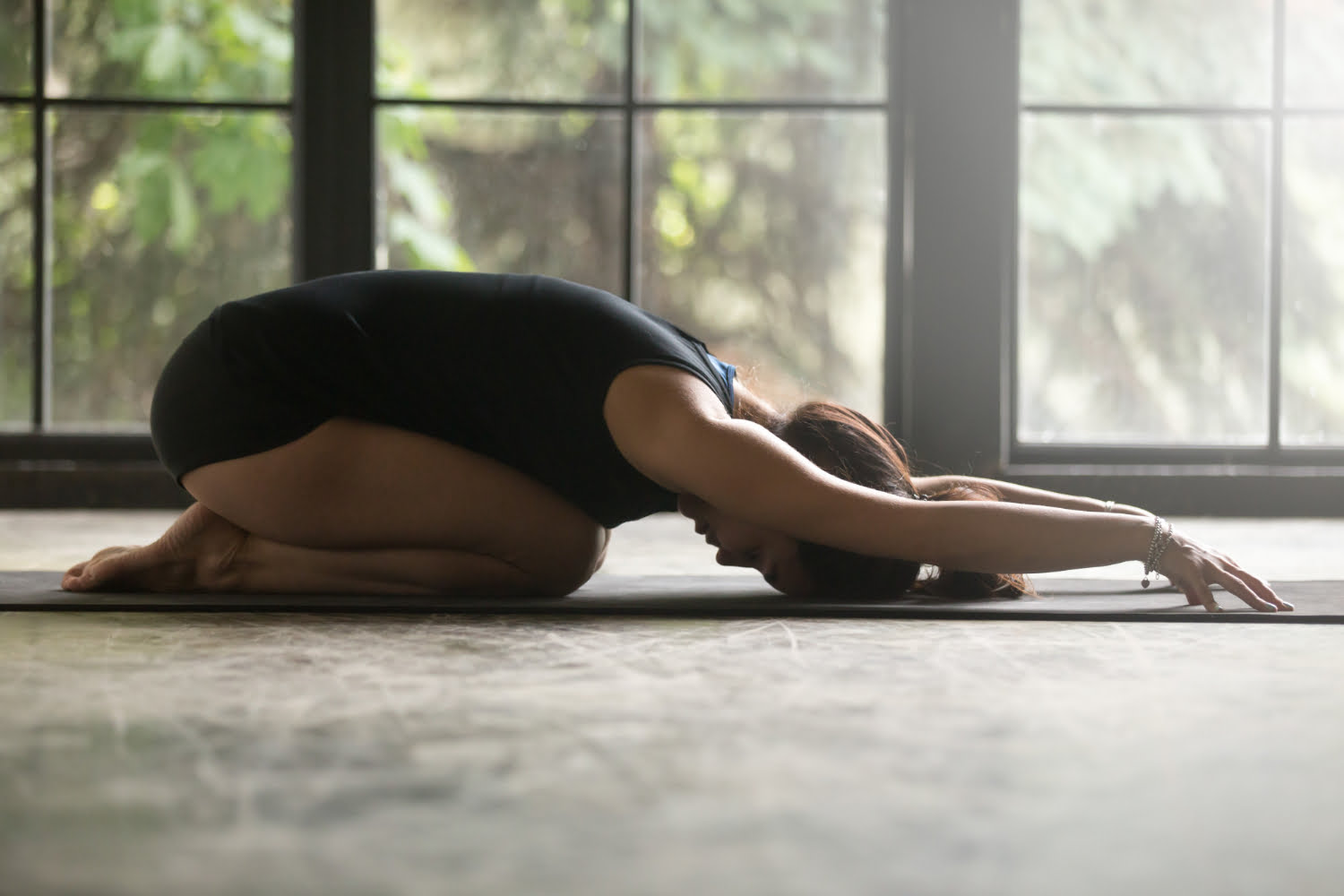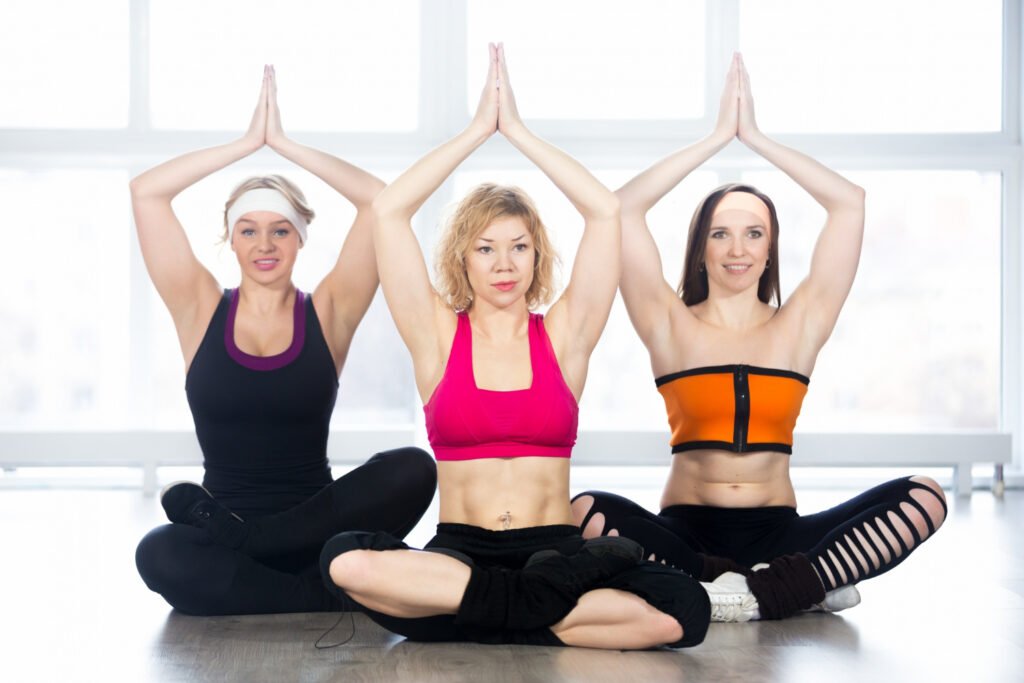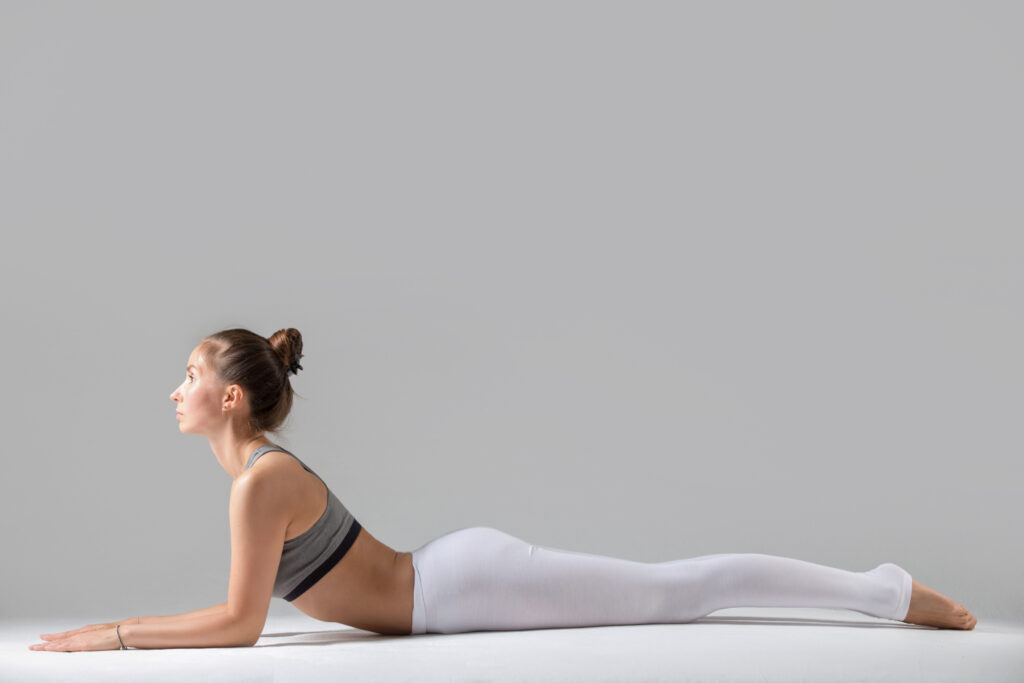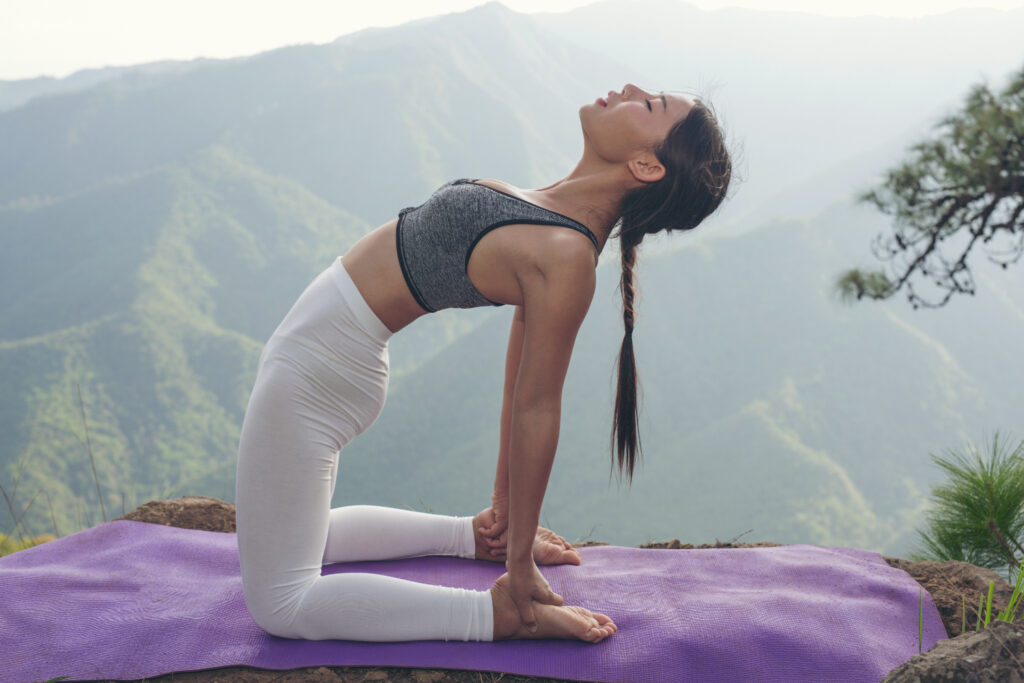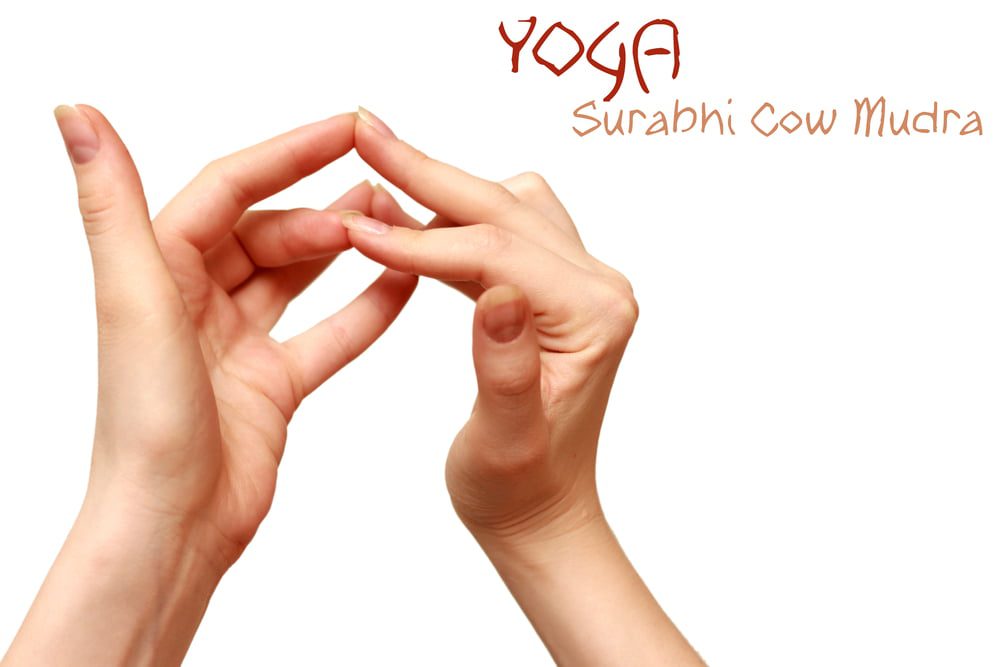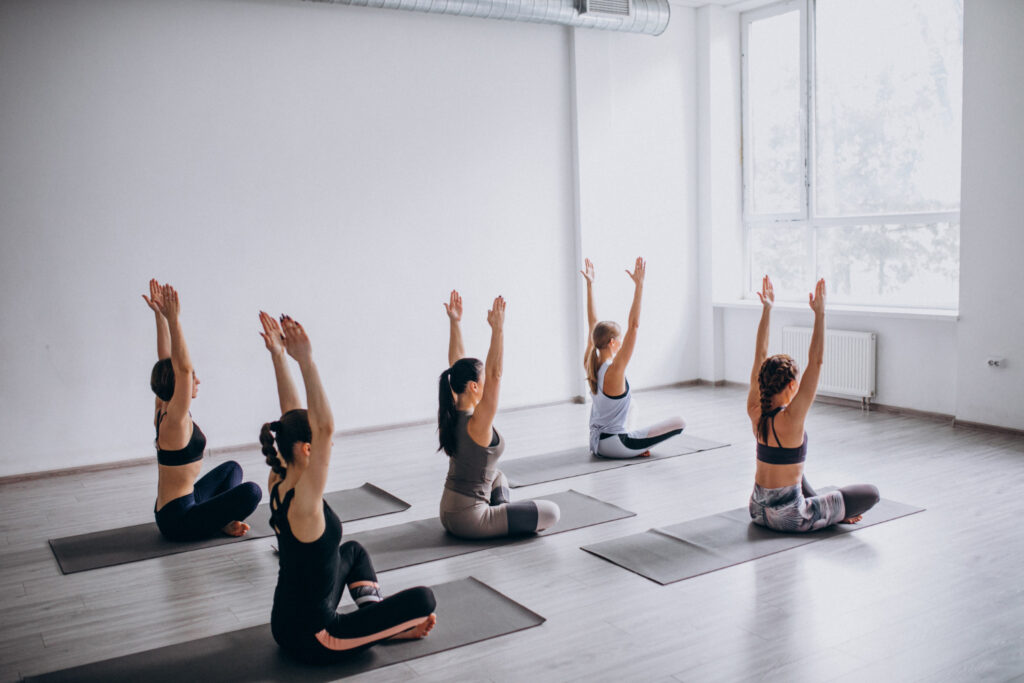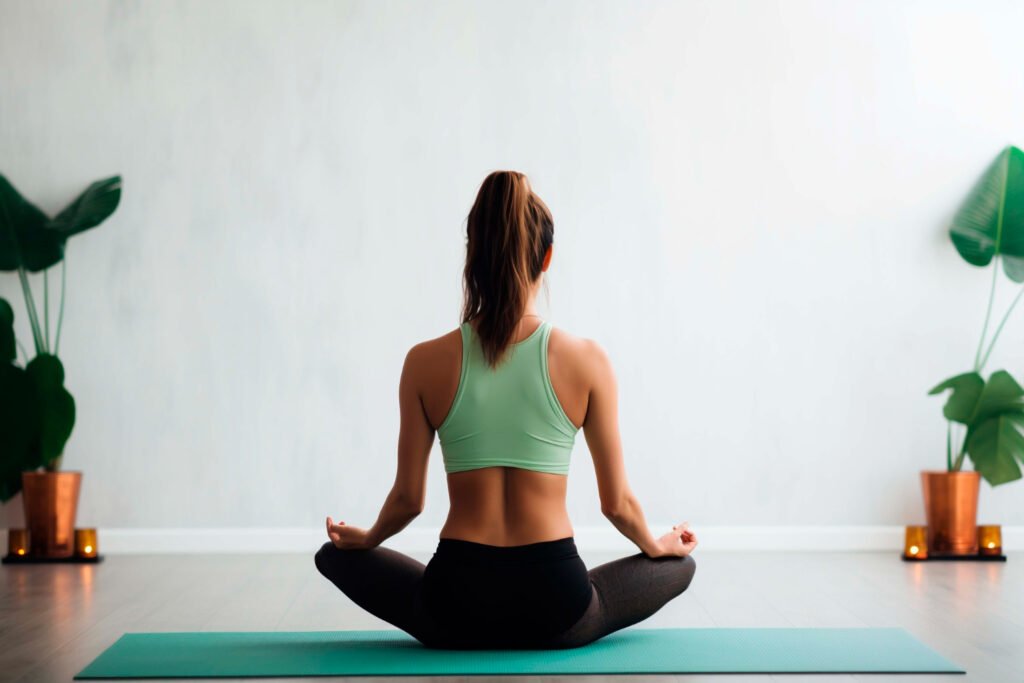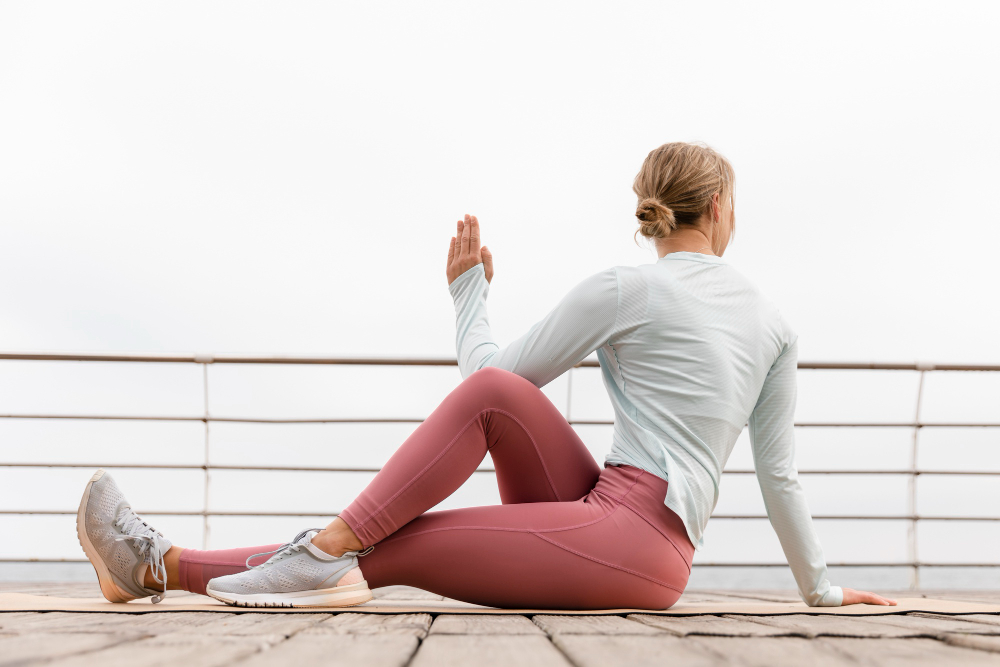In a world where physical activity and stress are often intertwined, meniscus tears have become increasingly common. Whether from sports injuries or wear and tear over time, these painful tears in the knee’s cartilage can significantly hinder mobility and quality of life. However, there’s a holistic approach to healing that’s gaining traction: yoga. Let’s delve into how yoga can be a game-changer in rehabilitating meniscus tears, exploring its benefits, recommended poses, precautions, and common mistakes to avoid.
Understanding Meniscus Tears.
Before diving into yoga’s role in healing meniscus tears, it’s crucial to understand what they are. The meniscus is a rubbery, C-shaped cartilage in your knee that acts as a shock absorber. Tears can occur due to sudden twisting movements, degenerative conditions, or aging. Symptoms include pain, swelling, stiffness, and difficulty moving the knee.
The Benefits of Yoga for Meniscus Tears.
Yoga offers a holistic approach to healing meniscus tears, addressing not only the physical but also the mental and emotional aspects of recovery. Some key benefits include:
1. Improved Flexibility and Range of Motion: Yoga gently stretches and strengthens the muscles surrounding the knee, promoting flexibility and enhancing range of motion without putting excessive strain on the joint.
2. Pain Relief: Certain yoga poses can alleviate pain by releasing tension in the surrounding muscles, improving blood circulation, and promoting relaxation.
3. Enhanced Stability and Balance: Meniscus tears can compromise knee stability, leading to balance issues. Yoga helps strengthen the muscles that support the knee, improving stability and reducing the risk of falls.
4. Stress Reduction: Chronic pain from meniscus tears can take a toll on mental well-being. Yoga’s focus on breathing and mindfulness can help reduce stress and promote a sense of calm, which is essential for healing.
Yoga Poses for Meniscus Tears.
While practicing yoga with a meniscus tear, it’s essential to choose poses that are gentle on the knees and promote healing. Here are some recommended poses:
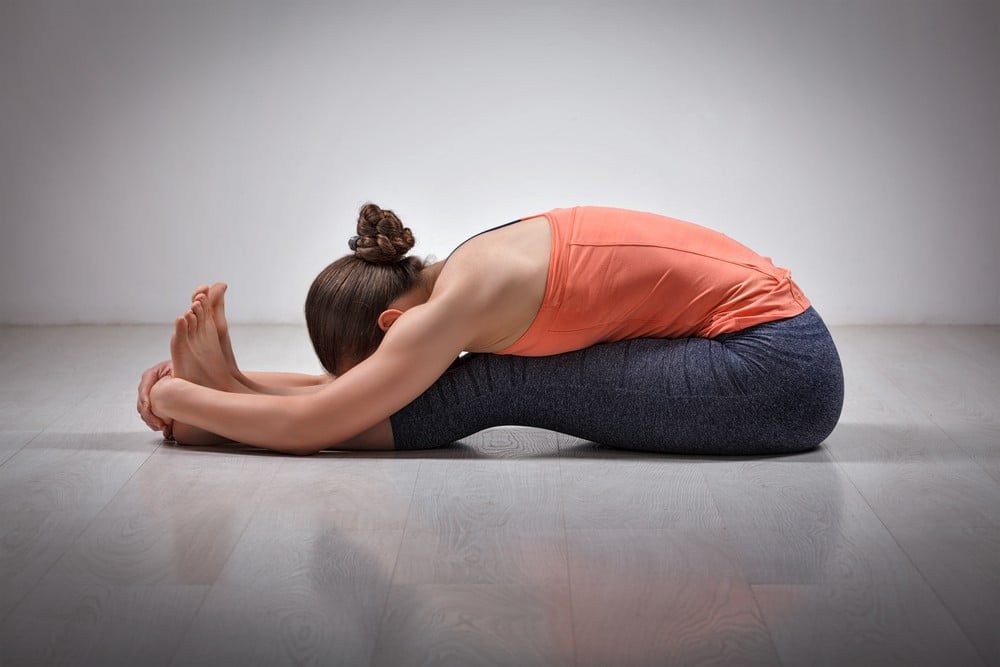
1. Child’s Pose (Balasana): This gentle resting pose stretches the hips, thighs, and ankles while relieving tension in the lower back. It’s ideal for relaxing the muscles surrounding the knee joint.
2. Modified Downward-Facing Dog: Instead of fully extending the legs, keep a slight bend in the knees to avoid putting pressure on the meniscus. Focus on lengthening the spine and stretching the calves and hamstrings.
3. Supported Bridge Pose: Place a yoga block under the sacrum and gently lift the hips, keeping the knees bent. This pose helps strengthen the muscles in the thighs and glutes while relieving pressure on the knees.
4. Seated Forward Fold (Paschimottanasana): Sit on the floor with legs extended and fold forward from the hips, keeping a slight bend in the knees. This pose stretches the hamstrings and lower back while gently opening the hips.
How to Practice Yoga Safely with a Meniscus Tear?
While yoga can be incredibly beneficial for meniscus tears, it’s essential to practice safely to avoid exacerbating the injury. Here are some tips:
1. Listen to Your Body: Pay attention to how your knee feels during each pose. If you experience pain or discomfort, ease out of the pose or modify it as needed.
2. Avoid Overstretching: While it’s essential to stretch gently, avoid pushing yourself too far, especially if you’re dealing with a meniscus tear. Focus on gradual progress and never force yourself into a pose.
3. Use Props: Props like yoga blocks, straps, and bolsters can provide support and stability, making it easier to practice yoga safely with a meniscus tear.
4. Consult a Professional: If you’re unsure about which poses are safe for your injury, consider consulting a yoga instructor or physical therapist who can provide personalized guidance.
Common Mistakes to Avoid.
Even with the best intentions, it’s easy to make mistakes when practicing yoga with a meniscus tear. Here are some common pitfalls to watch out for:
1. Ignoring Pain: Pain is your body’s way of signaling that something isn’t right. Ignoring pain or pushing through it can lead to further injury. Always listen to your body and modify or skip poses that cause discomfort.
2. Skipping Warm-Ups: Proper warm-up is essential, especially when dealing with a meniscus tear. Skipping warm-up exercises can increase the risk of injury and make it harder to perform yoga poses safely.
3. Overdoing It: It can be tempting to push yourself too hard, especially if you’re eager to see results. However, overdoing it can lead to setbacks in your recovery. Take it slow, and focus on gradual progress.
4. Focusing Solely on the Knee: While it’s essential to pay attention to the injured knee, don’t neglect the rest of your body. Strengthening the muscles surrounding the knee and improving overall flexibility can help prevent future injuries.
Personal Interviews.
To gain deeper insights into the benefits of yoga for meniscus tears, I spoke with experienced yoga instructors and physical therapists.
Interview with Yoga Instructor.
Q: How can yoga help individuals with meniscus tears?
A: “Yoga offers a gentle yet effective way to strengthen the muscles surrounding the knee, improve flexibility, and reduce pain. It’s all about finding the right balance between stretching and strengthening to support the healing process.”
Interview with Physical Therapist.
Q: What precautions should individuals with meniscus tears take when practicing yoga?
A: “It’s crucial for individuals with meniscus tears to avoid high-impact activities and choose yoga poses that are gentle on the knees. It’s also essential to listen to your body and avoid pushing yourself too hard, especially if you experience pain or discomfort.”
Scientific Evidence.
Several studies have highlighted the benefits of yoga for knee pain and injuries. A 2016 study published in the Journal of Orthopaedic & Sports Physical Therapy found that yoga can improve pain, function, and quality of life in individuals with chronic knee pain. Another study published in the Journal of Alternative and Complementary Medicine in 2018 concluded that yoga was effective in reducing pain and improving physical function in individuals with knee osteoarthritis.(1)
Frequently Asked Questions.
While yoga can help alleviate symptoms and promote healing, it’s essential to consult with a healthcare professional for proper diagnosis and treatment.
It’s best to start slowly and gradually increase the frequency and intensity of your yoga practice as your knee heals. Listen to your body and give yourself time to rest and recover between sessions.
Bottom Line.
Yoga offers a gentle yet powerful approach to healing meniscus tears, addressing not only the physical but also the mental and emotional aspects of recovery. By incorporating gentle stretches, strengthening exercises, and mindfulness practices, individuals can alleviate pain, improve flexibility, and enhance overall well-being. However, it’s essential to practice safely, listen to your body, and consult with a healthcare professional if you have any concerns. With patience, dedication, and the right guidance.
+1 Source
FitMeMore has strict sourcing guidelines and relies on peer-reviewed studies, educational research institutes, and medical organizations. We avoid using tertiary references. You can learn more about how we ensure our content is accurate and up-to-date by reading our editorial policy.
- A Randomised Controlled Trial of YOGa and Strengthening Exercise for Knee OsteoArthritis: Protocol for a Comparative Effectiveness Trial (YOGA Trial); https://www.ncbi.nlm.nih.gov/pmc/articles/PMC9624302/
How we reviewed this article:
Our team of experts is always monitoring the health and wellness field, ensuring that our articles are updated promptly as new information emerges. See Our Editorial Process
May 13, 2025
Written By: Sharon LeBow
Reviewed By: Gail Cooper
Written By: Sharon LeBow
Reviewed By: Gail Cooper

 Workout
Workout
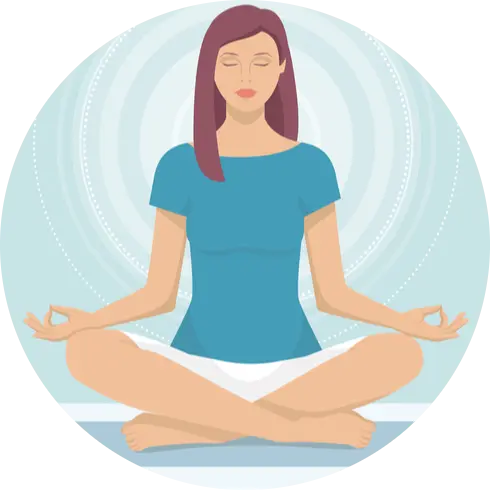 Meditation
Meditation





 Contact Us
Contact Us

